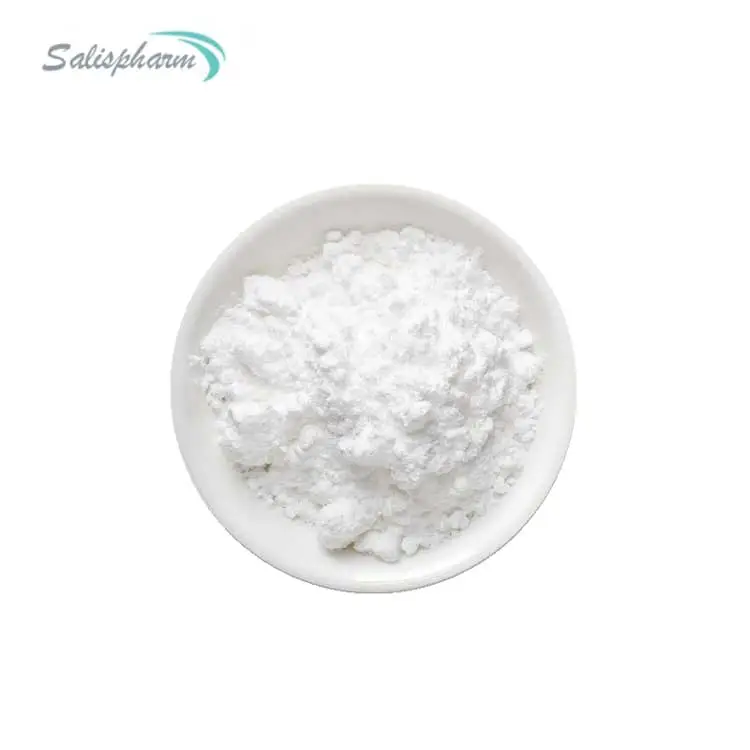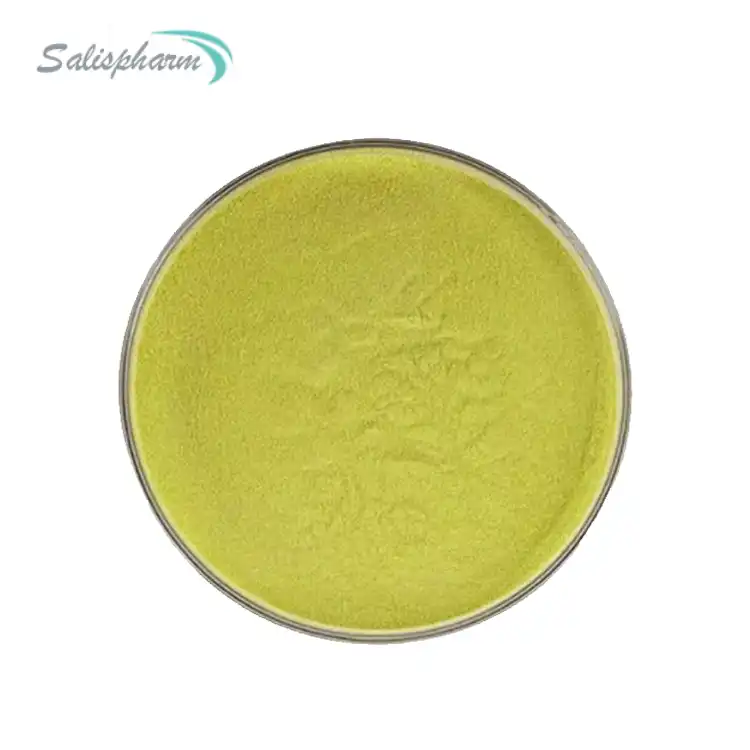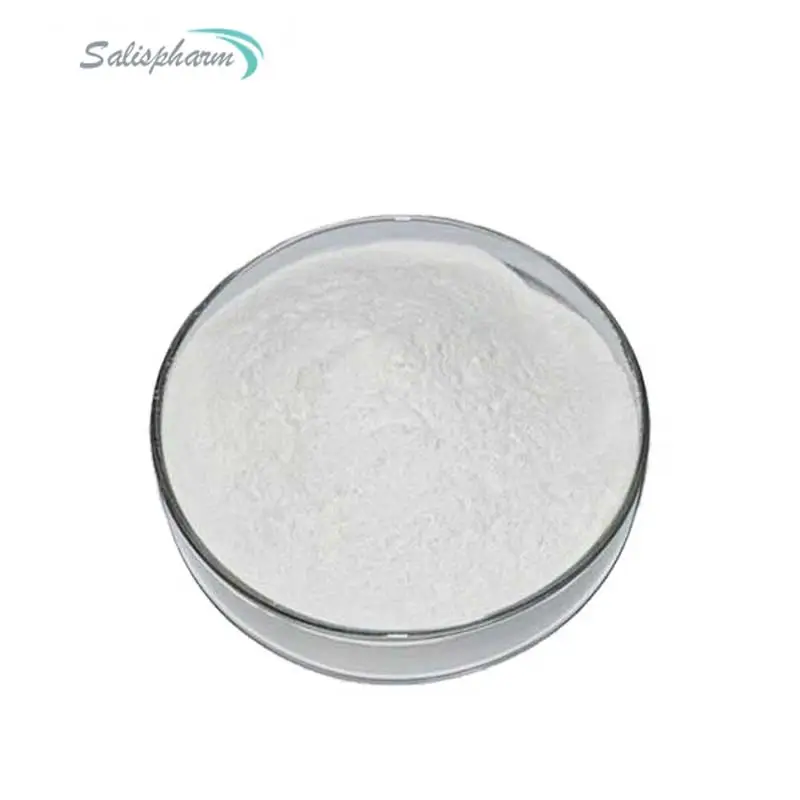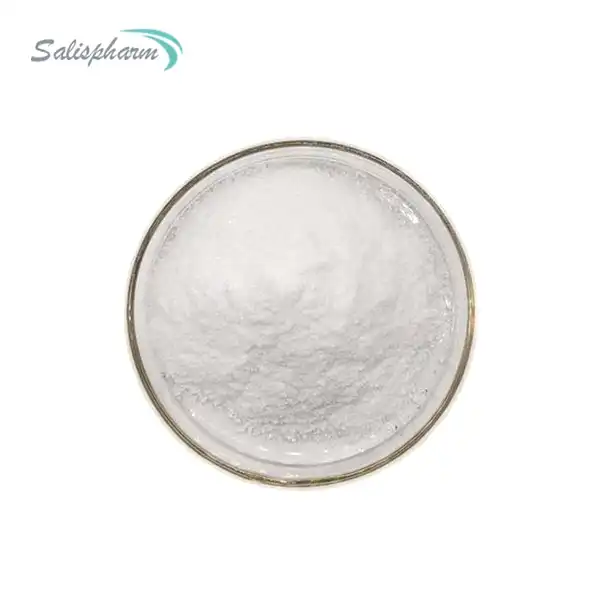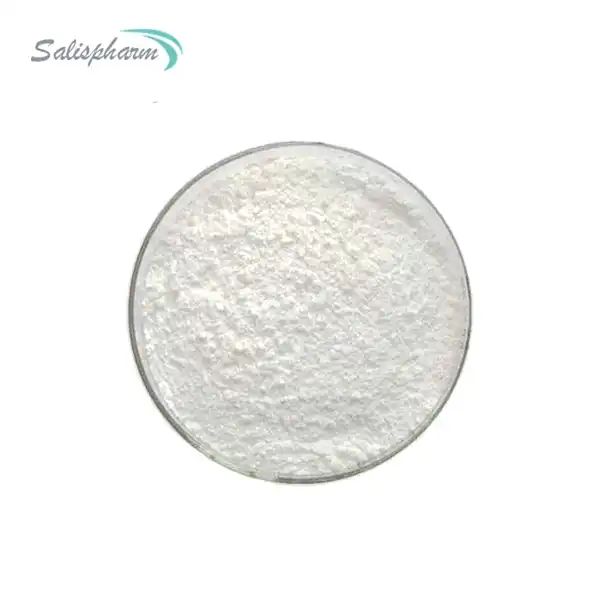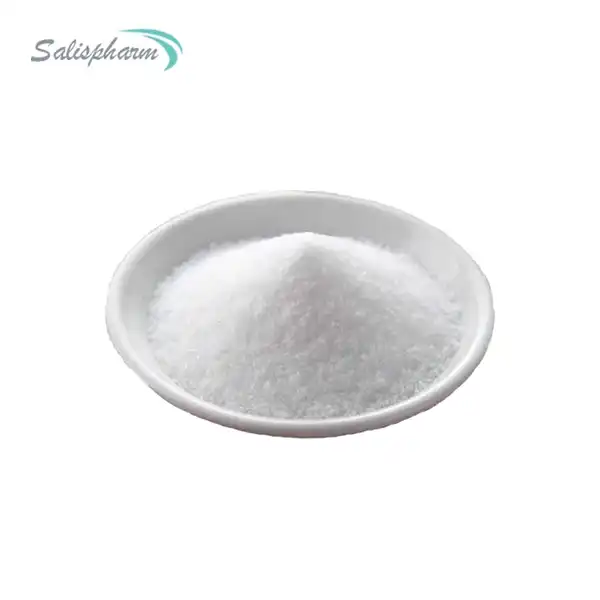Paracetamol, widely known as acetaminophen, is a common analgesic and antipyretic drug used globally. Its widespread use in both prescription and over-the-counter medications necessitates stringent quality control measures to ensure its safety and efficacy. Like any pharmaceutical product, paracetamol may contain impurities that can affect its therapeutic properties and potentially cause adverse effects. This article will explore the process of purifying paracetamol, delving into the common impurities associated with it, the methods used to purify it in a laboratory setting, and the impact of purification on its effectiveness and safety.
What Are the Common Impurities Found in Paracetamol and How to Identify Them?
Impurities in paracetamol can originate from various sources, including starting materials, intermediates, by-products of synthesis, degradation products, and residual solvents. These impurities can be classified into several categories:
1. Organic impurities: These include unreacted starting materials, by-products, degradation products, and intermediates. Common organic impurities in paracetamol include 4-aminophenol, 4-chloroacetanilide, and p-nitrophenol.
2. Inorganic impurities: These can include catalysts, reagents, and heavy metals used in the synthesis process.
3. Residual solvents: Organic solvents used during synthesis or purification may remain in trace amounts in the final product.
4. Polymorphic impurities: Different crystalline forms of paracetamol can coexist, potentially affecting the drug's solubility and bioavailability.
Identifying these impurities is crucial for ensuring the quality and safety of the final product. Several analytical techniques are employed for this purpose:
1. High-Performance Liquid Chromatography (HPLC): This is the most commonly used method for detecting and quantifying organic impurities in pure paracetamol. HPLC can separate and identify different compounds based on their interaction with the stationary phase and mobile phase.
2. Mass Spectrometry (MS): Often coupled with HPLC, mass spectrometry provides detailed structural information about impurities, allowing for their precise identification.
3. Gas Chromatography (GC): This technique is particularly useful for detecting and quantifying residual solvents in paracetamol.
4. X-ray Diffraction (XRD): Used to identify different polymorphic forms of paracetamol and detect crystalline impurities.
5. Nuclear Magnetic Resonance (NMR) Spectroscopy: This technique provides detailed structural information about organic impurities and can help elucidate their chemical structures.
6. Inductively Coupled Plasma Mass Spectrometry (ICP-MS): Used for detecting and quantifying trace metal impurities in paracetamol.
What Are the Methods for Purifying Paracetamol on a Laboratory Scale?
Purifying paracetamol in a laboratory involves several steps aimed at removing impurities and obtaining a pure compound. The choice of purification method depends on the nature and quantity of impurities present, as well as the desired purity level of the final product. Common methods include:
1. Recrystallization: This is the most widely used method for purifying paracetamol on a laboratory scale. The process involves dissolving the impure paracetamol in a suitable solvent at elevated temperatures, followed by slow cooling to allow the formation of pure crystals. Ethanol or a mixture of ethanol and water is often used as the solvent. Multiple recrystallizations may be necessary to achieve high purity.
2. Column Chromatography: This technique separates paracetamol from impurities based on their differential adsorption to a stationary phase (e.g., silica gel or alumina). The choice of mobile phase (solvent system) is crucial for effective separation.
3. Sublimation: Paracetamol can be purified by sublimation, where the solid is heated under reduced pressure, causing it to transition directly to vapor and then back to a purified solid form.
4. Extraction: Liquid-liquid extraction can be used to separate paracetamol from water-soluble impurities using an organic solvent like ethyl acetate.
5. Activated Charcoal Treatment: Passing a solution of impure paracetamol through activated charcoal can help remove colored impurities and some organic contaminants.
6. Zone Refining: This advanced technique involves passing a narrow molten zone along a rod of impure paracetamol, concentrating impurities at one end.
Factors to consider when choosing a purification method include the scale of purification, the nature and quantity of impurities, the desired purity level, cost-effectiveness, and environmental impact.
How Does the Purification Process Affect the Effectiveness and Safety of Paracetamol?
The purification process plays a significant role in determining the effectiveness and safety of pure paracetamol. A well-purified product ensures that the drug's therapeutic benefits are not compromised by impurities that could cause adverse effects or interfere with its pharmacological action.
1. Efficacy: Impurities can potentially alter the pharmacokinetics and pharmacodynamics of paracetamol. For instance, some impurities might compete for binding sites or interfere with the drug's metabolism, reducing its analgesic and antipyretic effects.
2. Safety: Certain impurities, particularly those resulting from degradation or side reactions during synthesis, may be toxic or cause allergic reactions. Removing these impurities through purification enhances the safety profile of the drug.
3. Stability: Some impurities can catalyze the degradation of paracetamol during storage, reducing its shelf life. Proper purification can improve the stability of the final product.
4. Bioavailability: Polymorphic impurities or differences in crystal structure can affect the solubility and dissolution rate of paracetamol, potentially impacting its bioavailability.
5. Regulatory Compliance: Pharmaceutical regulatory agencies worldwide set strict limits on the levels of impurities allowed in paracetamol products. Meeting these standards requires effective purification processes.
6. Quality Control: A well-purified product simplifies quality control processes and ensures batch-to-batch consistency, which is crucial for pharmaceutical manufacturing.
Conclusion
Purifying paracetamol is a critical process that ensures the drug's safety, efficacy, and quality. By understanding the common impurities, the methods of purification, and the impact of the purification process on the drug's properties, manufacturers can produce pure paracetamol that meets the required standards. The choice of purification method should be based on a thorough understanding of the impurity profile and the desired quality attributes of the final product.
As with any pharmaceutical product, it is essential to adhere to good manufacturing practices and regulatory guidelines to protect public health. Continuous research into improved purification techniques and analytical methods will further enhance the quality and safety of paracetamol products, benefiting millions of patients worldwide who rely on this essential medication for pain relief and fever reduction.
If you are also interested in this product and want to know more product details, or want to know about other related products, please feel free to contact iceyqiang@gmail.com.
References:
1. "Paracetamol: Impurities and Their Analysis" Pharmaceutical Analysis, Accessed 1 Jan. 2023.
2. "Purification Techniques for Pharmaceutical Compounds" Chemistry of Pharmaceuticals, Accessed 1 Jan. 2023.
3. "The Importance of Paracetamol Purification in Drug Safety" Drug Safety Journal Accessed 1 Jan. 2023.
4. "High-Performance Liquid Chromatography in Paracetamol Analysis" Chromatography Today, Accessed 1 Jan. 2023.
5. "Mass Spectrometry for Detecting Impurities in Paracetamol" Mass Spectrometry Review, Accessed 1 Jan. 2023.
6. "Recrystallization: A Method for Purifying Paracetamol" Crystallization Techniques, Accessed 1 Jan. 2023.
7. "Chromatography in the Purification of Paracetamol" Chromatography Applications, Accessed 1 Jan. 2023.
8. "The Effect of Purification on the Pharmacological Properties of Paracetamol" Pharmaceutical Research, Accessed 1 Jan. 2023.
9. "Good Manufacturing Practices for Paracetamol Production" Manufacturing Standards, Accessed 1 Jan. 2023.
10. "Regulatory Guidelines for Paracetamol Purification" Regulatory Affairs Journal, Accessed 1 Jan. 2023.

